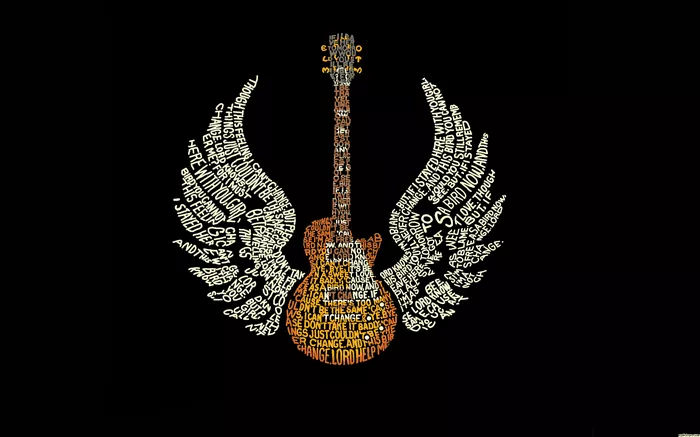In the realm of musical innovation and fusion, few genres have captured the essence of cultural diversity and spiritual exploration quite like raga-rock. Combining the melodic intricacies of Indian classical music with the driving energy of rock and roll, raga-rock emerged as a unique and captivating sound in the 1960s. While many bands experimented with this genre, one group stood out as the true inventors of raga-rock, pushing the boundaries of musical expression and carving a path for future artists to follow.
The Beatles:
Embarking on a Musical Journey The Beatles, one of the most influential bands in the history of popular music, embarked on a transformative journey of musical exploration in the mid-1960s. Inspired by their encounters with Indian culture, particularly through their association with Maharishi Mahesh Yogi and their visit to Rishikesh, India, the Fab Four delved into the realms of Eastern spirituality and music. This marked the beginning of their experimentation with raga-rock.
“Norwegian Wood” and the Sitar Revolution In 1965, The Beatles released their groundbreaking album “Rubber Soul,” which featured the iconic track “Norwegian Wood (This Bird Has Flown).” John Lennon’s composition introduced the sitar, a traditional Indian instrument, to Western audiences. The inclusion of the sitar in “Norwegian Wood” marked a turning point in popular music, as it sparked a fascination with Indian sounds and set the stage for the raga-rock movement.
The Beatles’ Landmark Album:
“Revolver” Building on the success of “Rubber Soul,” The Beatles released their seminal album “Revolver” in 1966. This record showcased their deepening exploration of Indian music and raga-rock elements. Songs like “Love You To” and “Tomorrow Never Knows” incorporated Indian instrumentation, such as the sitar and tabla, and embraced the improvisational spirit of raga. “Revolver” solidified The Beatles’ position as pioneers of raga-rock and inspired countless artists to follow suit.
The Yardbirds:
Blending East and West While The Beatles were at the forefront of the raga-rock movement, they were not the only band pushing the boundaries of musical fusion. The Yardbirds, a British rock band known for their bluesy sound, also played a significant role in the development of raga-rock. In 1966, their hit single “Happenings Ten Years Time Ago” featured a sitar riff played by renowned Indian musician Ravi Shankar’s protégé, Anoushka Shankar. This collaboration further bridged the gap between Eastern and Western musical traditions and added fuel to the raga-rock fire.
The Rolling Stones:
Sympathy for Raga-Rock The influence of raga-rock extended beyond The Beatles and The Yardbirds, reaching even the Rolling Stones. Their 1968 album “Beggars Banquet” included the track “Street Fighting Man,” which incorporated elements of raga-rock. With its driving rhythms and Eastern-inspired instrumentation, this song showcased the band’s willingness to explore new musical territories.
Conclusion:
In the ever-evolving landscape of musical genres, raga-rock stands as a testament to the power of cultural exchange and artistic innovation. While many bands contributed to the development of this genre, it was The Beatles who played a pivotal role in its invention. Their groundbreaking experimentation with Indian music and spirituality opened the floodgates for a new wave of musical exploration that continues to inspire artists to this day. As we celebrate the pioneers of raga-rock, we recognize their invaluable contribution to the global music scene and their enduring legacy of cross-cultural fusion.

